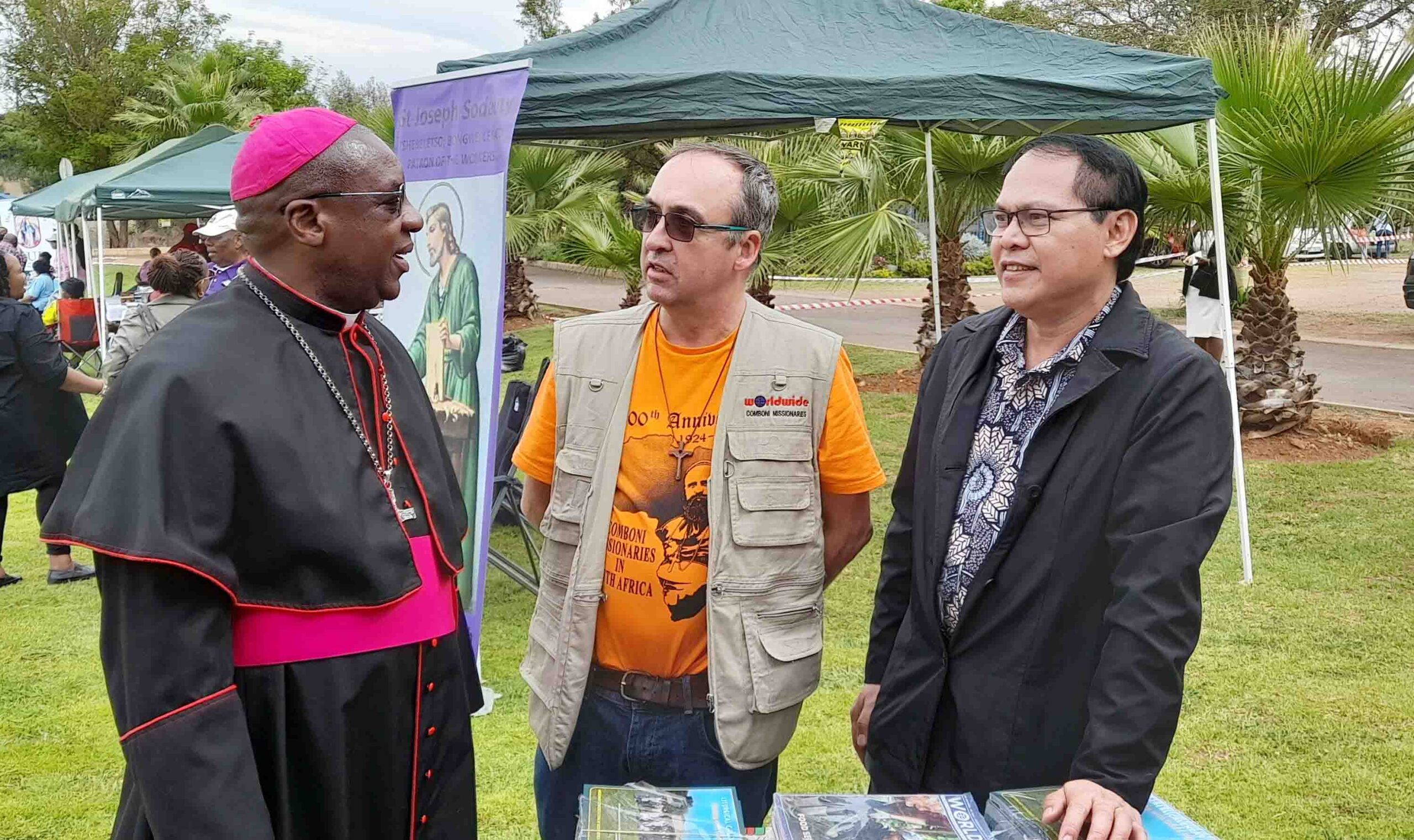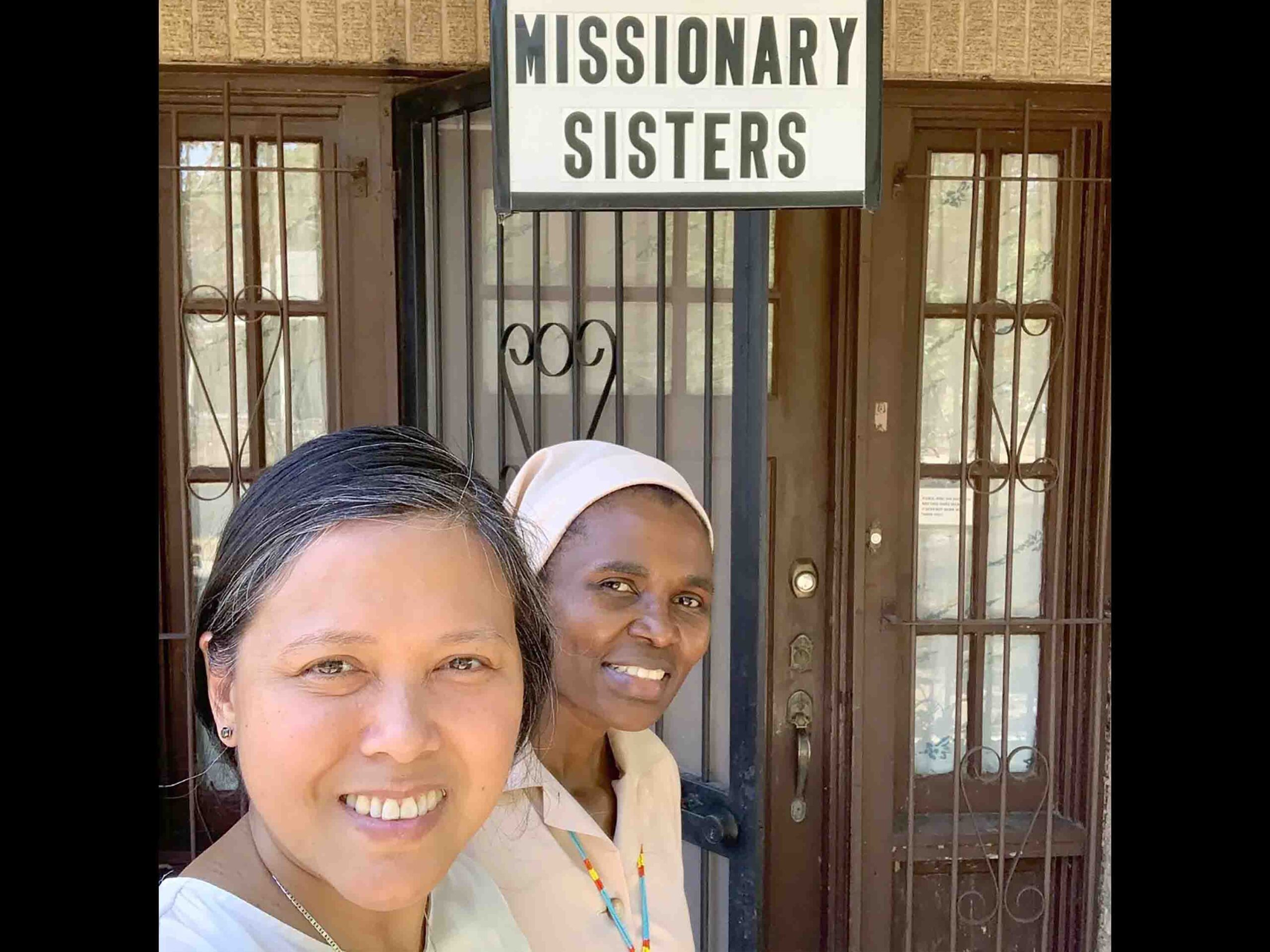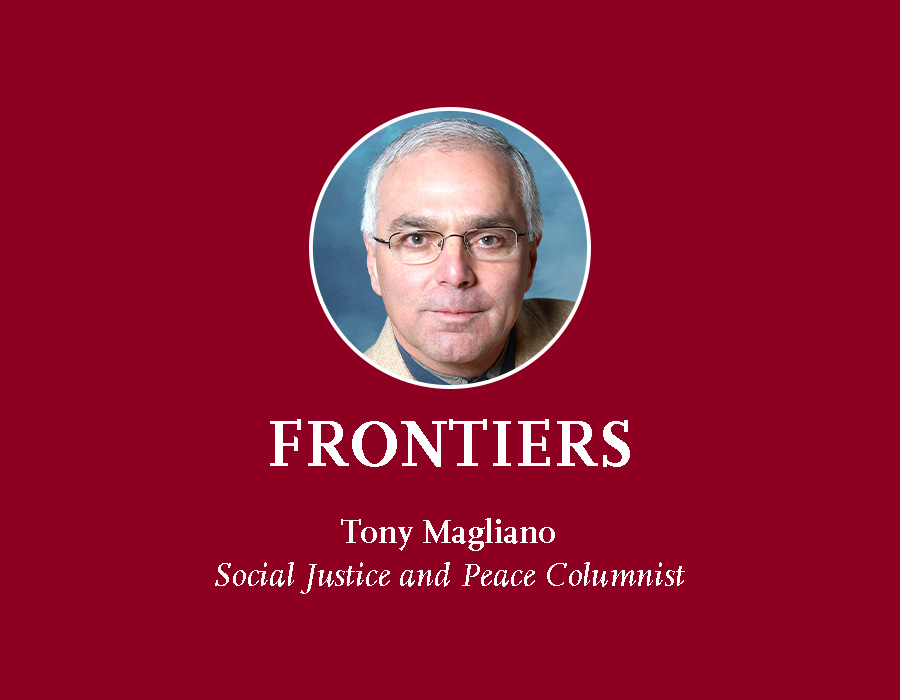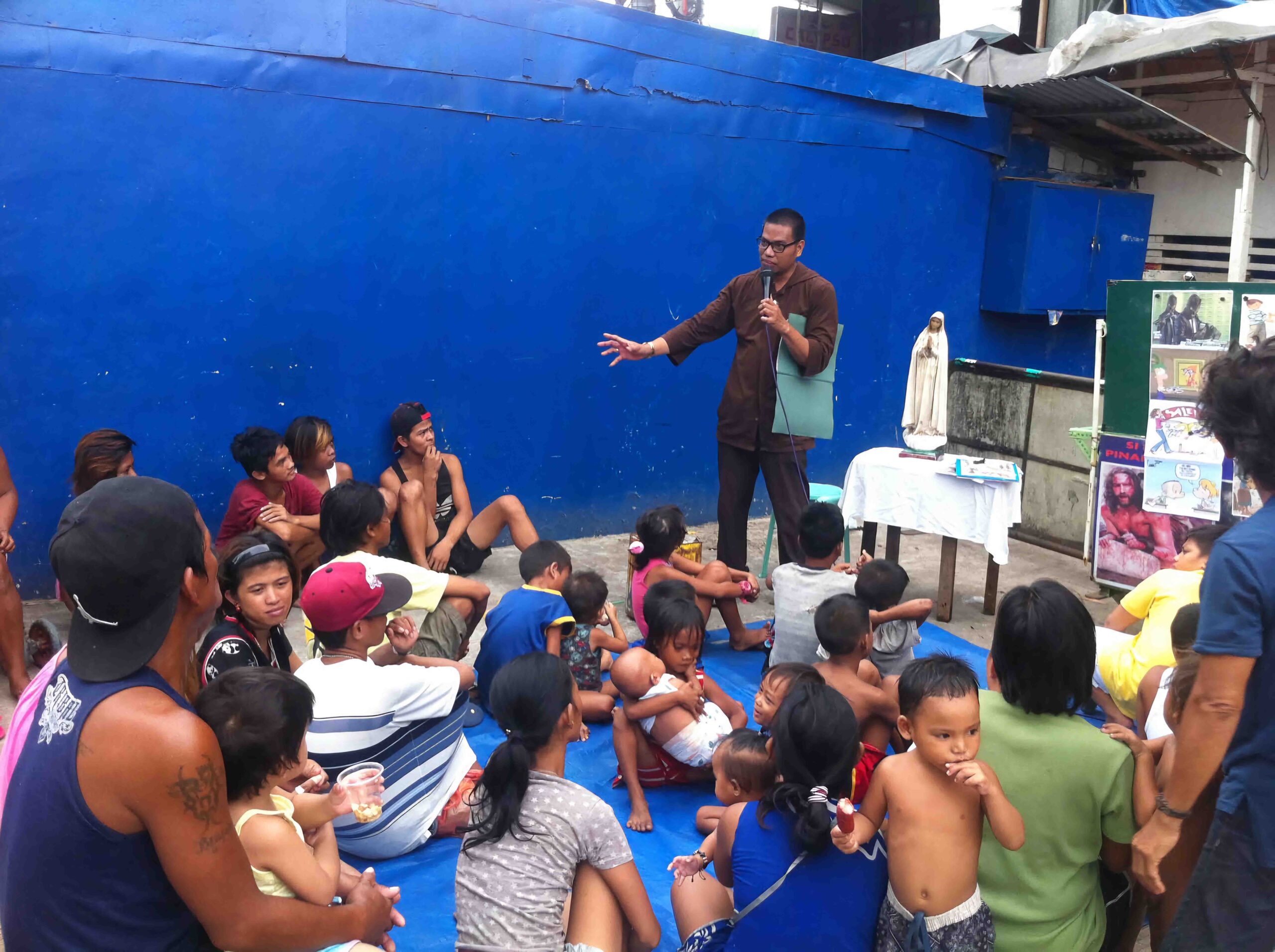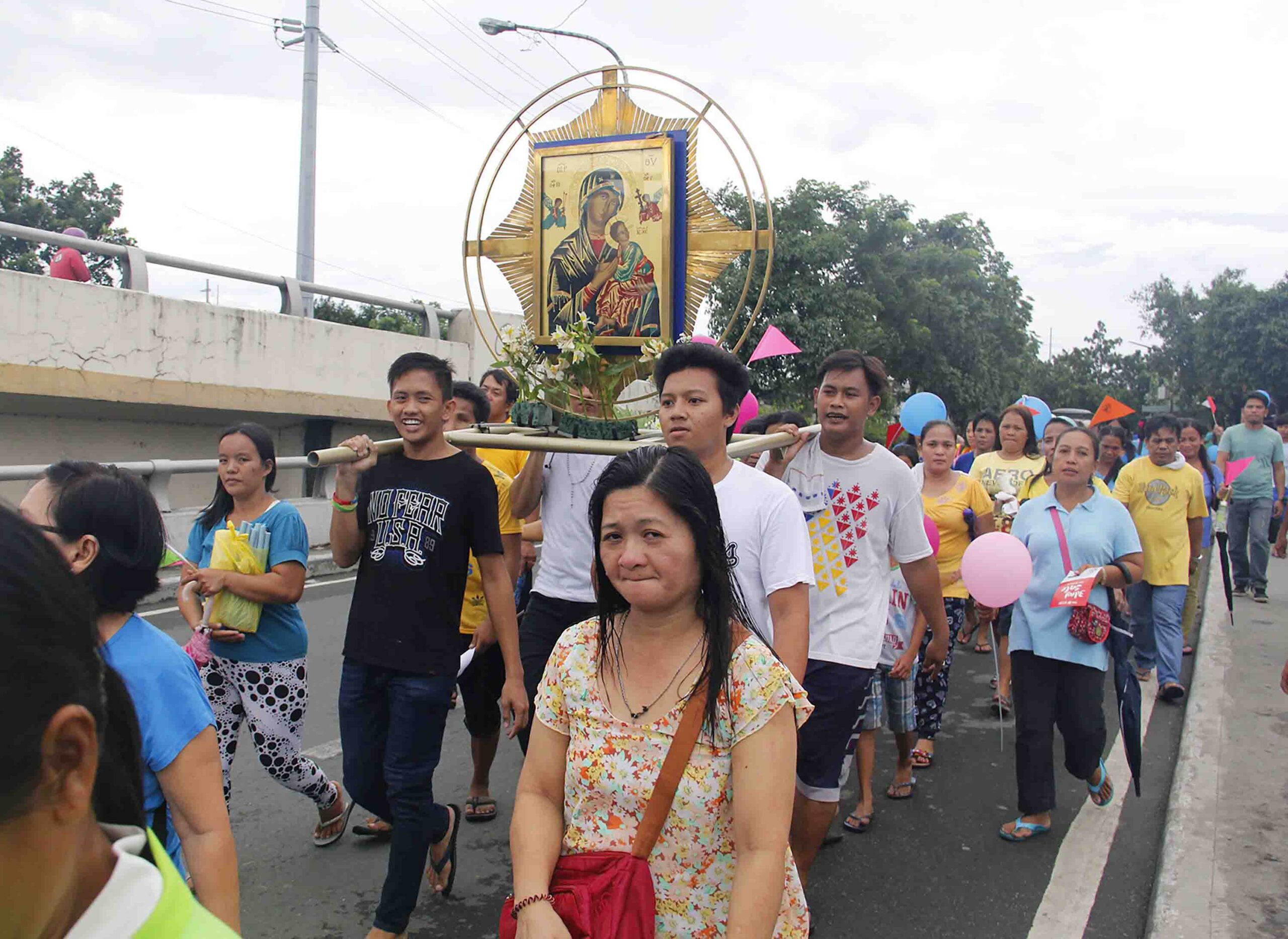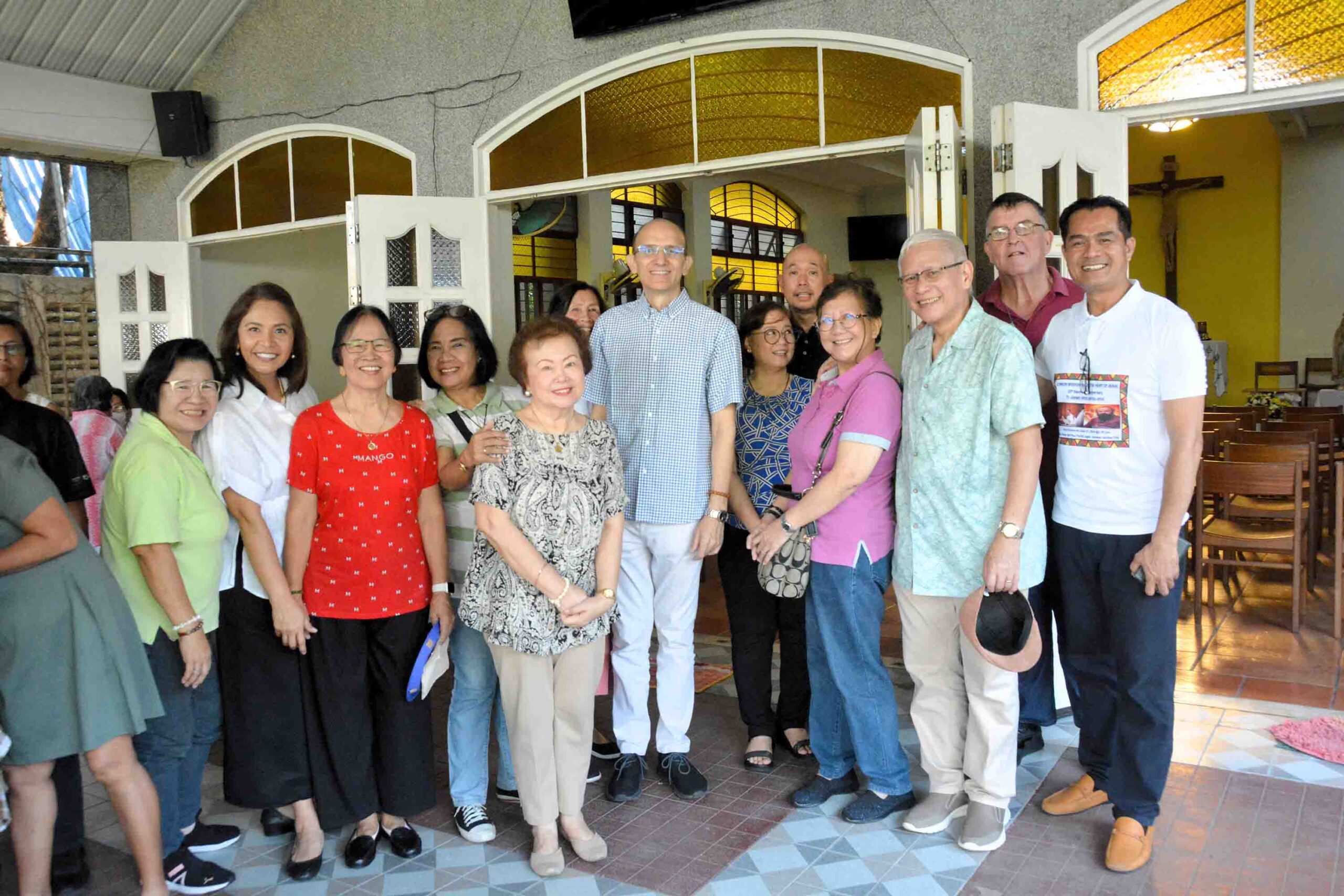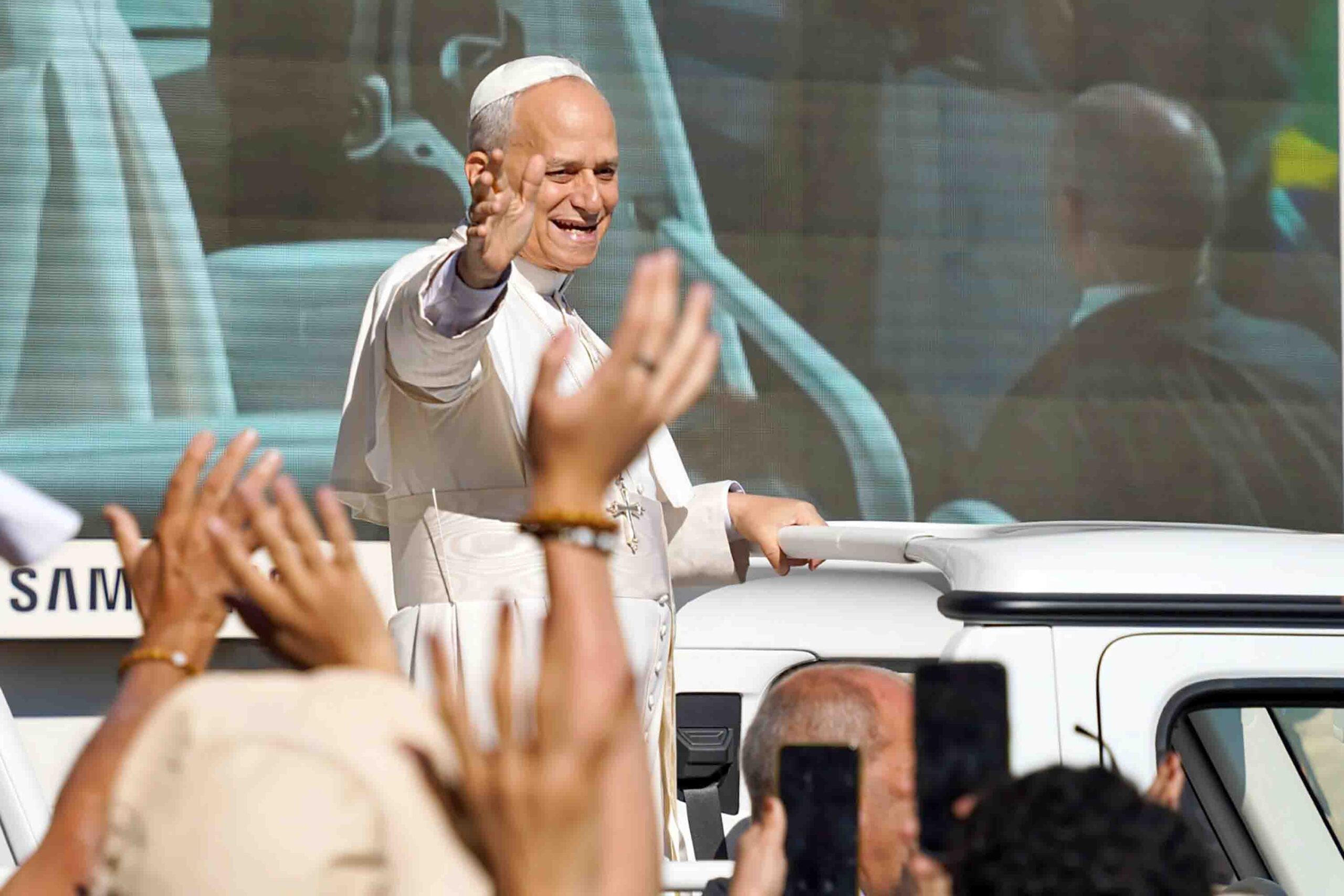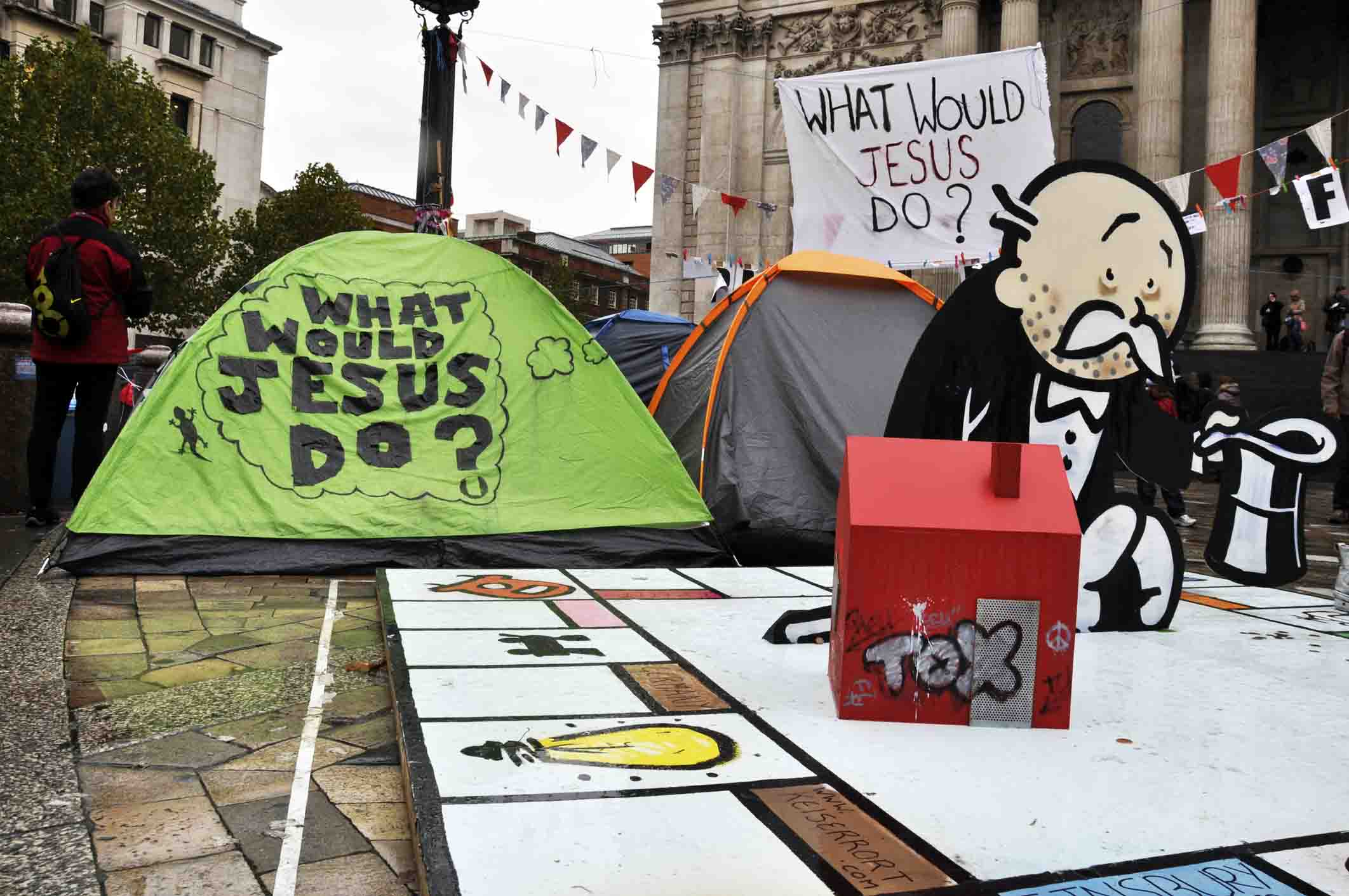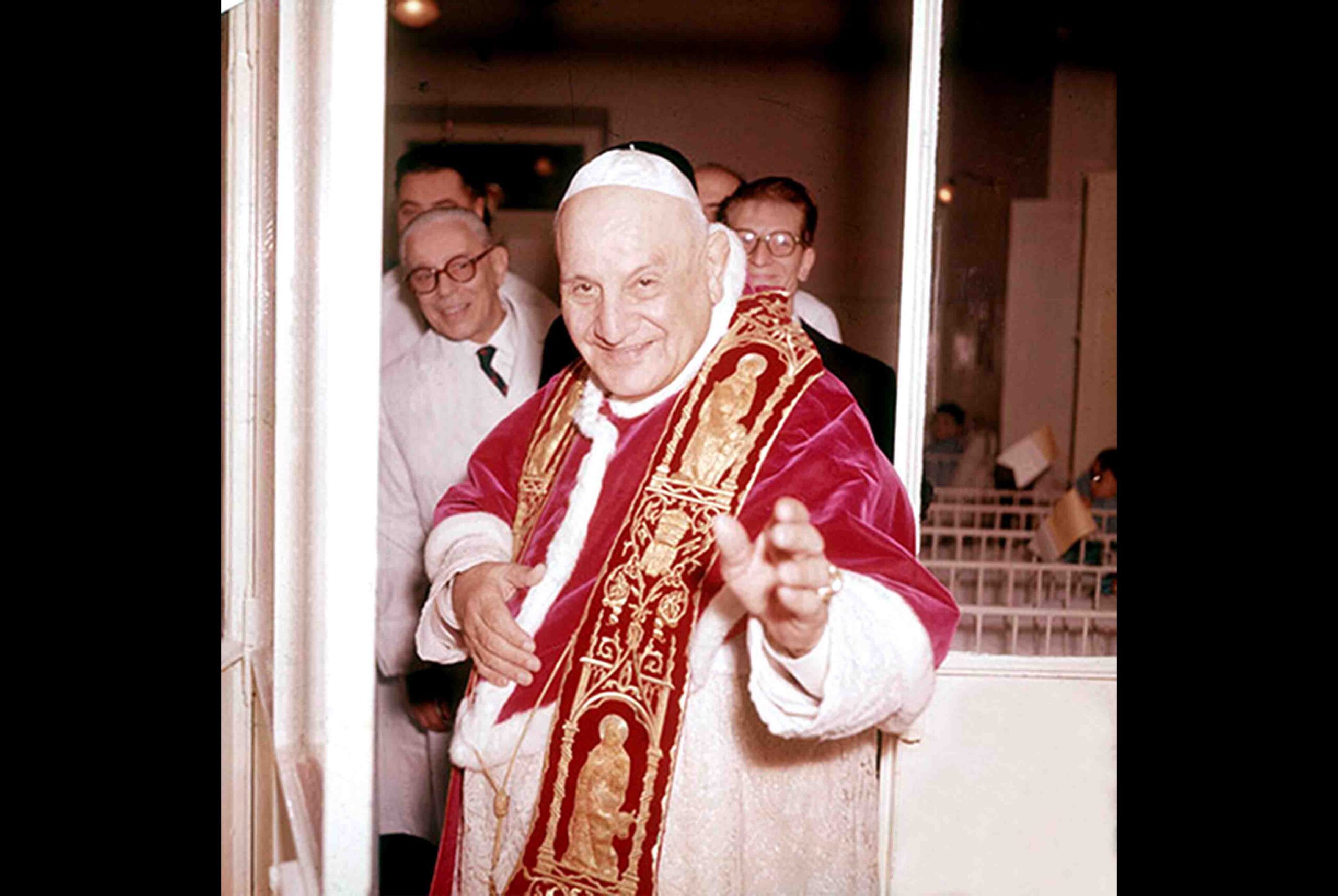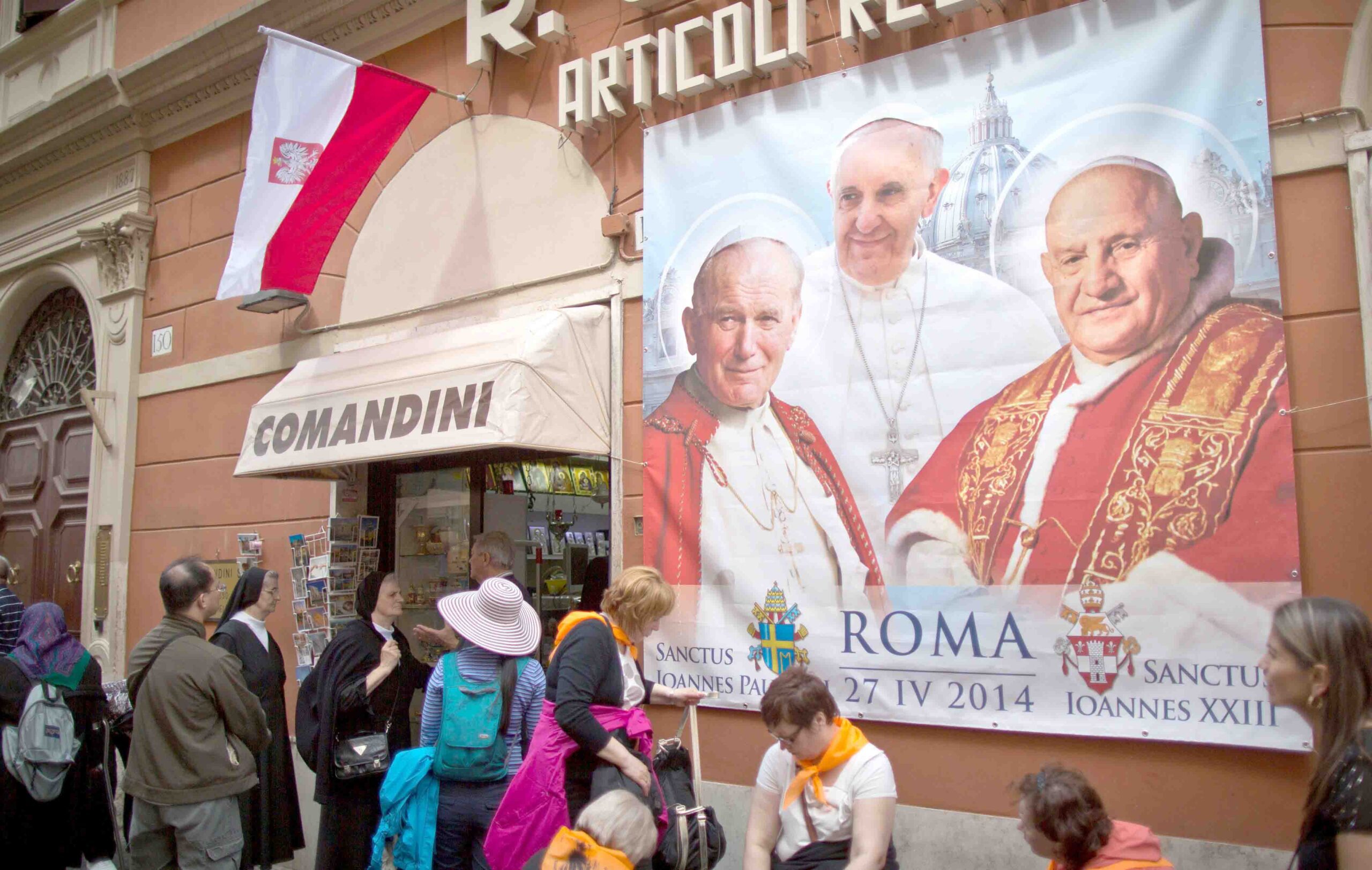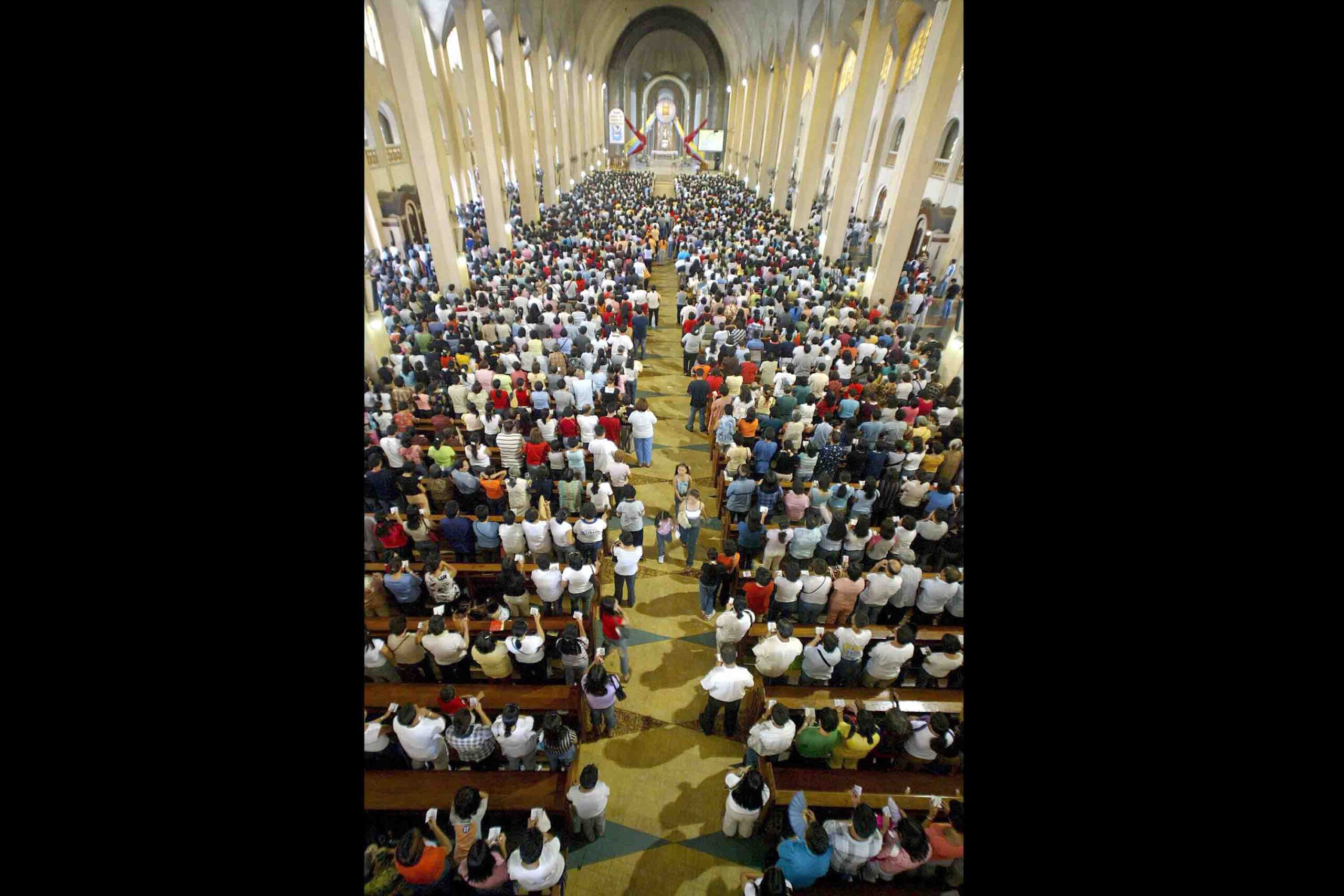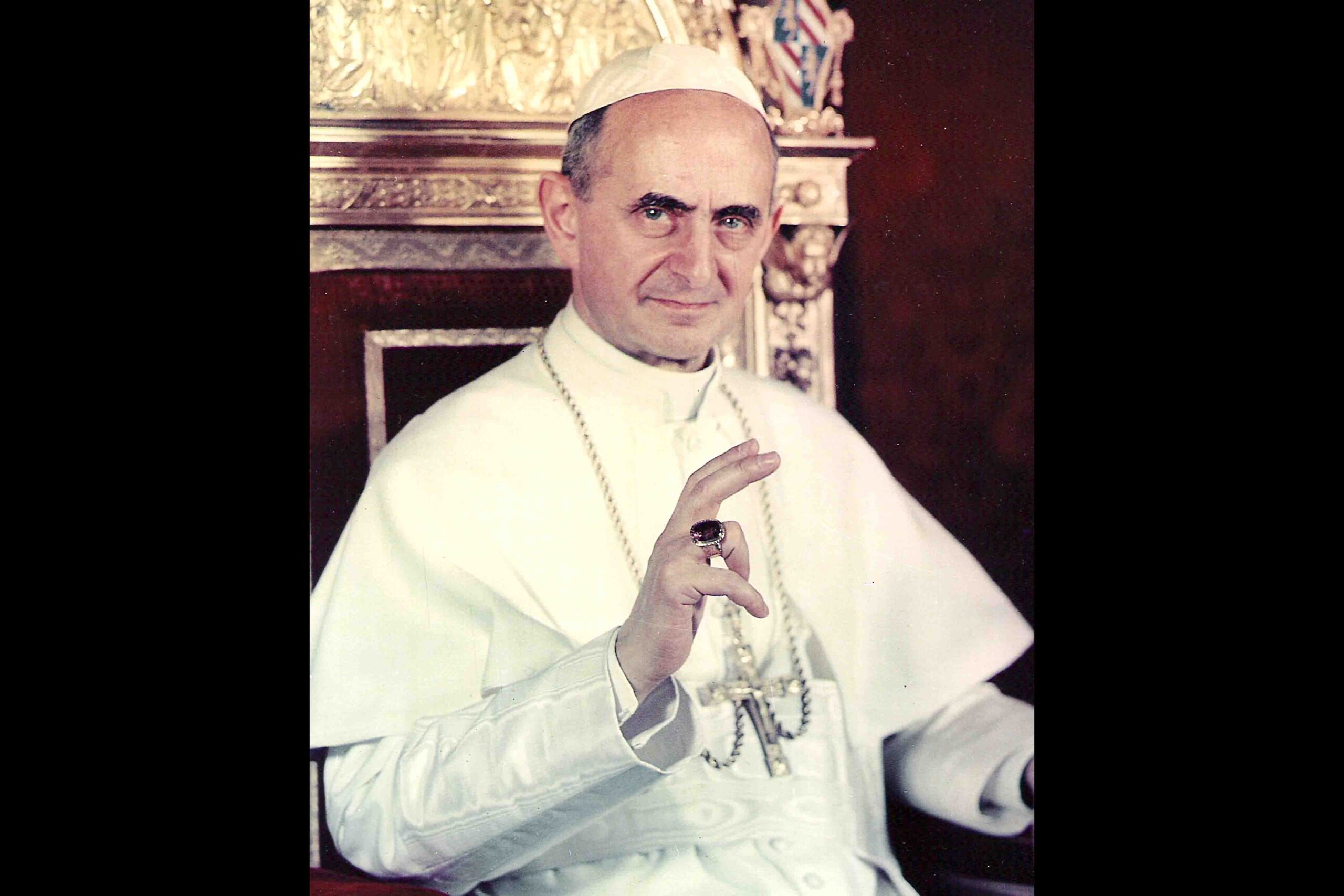Saint Paul VI (1963-1978) noted that the Council vision of a renewed Church would be achieved as the Church entered into dialogue on four levels: within the Catholic Church itself, with other Christians (Ecumenism), with people of other living faiths (Interreligious Dialogue), and with the world and all humanity. Paul VI described these four levels of dialogue as represented by four concentric circles.
There is a Council document for each circle. The innermost circle is dialogue within the Catholic Church itself [Lumen Gentium (LG) = Church]. The next circle represents dialogue with other Christians [Unitatis Redintegratio (UR) = Ecumenism]. The third circle shows dialogue with peoples who follow various world religions [Nostra Aetate (NA) = Interfaith or Interreligious Dialogue]. The largest, outermost circle symbolizes dialogue with the world and all people of good will [Gaudium et Spes (GS) = Church in the Modern World]. This presentation only highlights two areas of dialogue: Ecumenical Dialogue and Interfaith Dialogue.
A. Ecumenism. When Saint John XXIII opened the Council, he made it clear that he regarded the unity of Christians as a major concern of the Church: “The Catholic Church … considers it her duty to work actively so that there may be fulfilled the great mystery of that unity which Jesus Christ invoked with fervent prayer from his heavenly Father on the eve of his sacrifice.”
To advance his vision of ecumenism, John XXIII established the Secretariat for the Promotion of Christian Unity in 1960, now known as the Dicastery for Promoting Christian Unity. He noted: “It is absolutely clear that ecumenism, the movement promoting Christian unity, is not just some sort of ‘appendix’ which is added to the Church’s traditional activity. Rather, ecumenism is an organic part of her life and work, and consequently must pervade all that she is and does.”
The Council rejected the view that the Church of Christ is to be identified solely with the Roman Catholic Church (RCC). The Council Fathers spoke of the Church of Christ as subsisting in the RCC. “This Church, constituted and organized in the world as a society, subsists in the Catholic Church, which is governed by the successor of Peter … although many elements of sanctification and of truth can be found outside of her visible structures” (LG, 8).
Clearly, the Council is asserting that the Catholic Church does not exclusively possess all the Lord’s gifts: “many elements of sanctification and truth are found outside its visible structure. These elements [Baptism, Scripture, faith, Holy Spirit, grace, deeds of Christian charity, prayer] are forces impelling toward catholic unity” (LG, 8). All Christians really are in a fraternal relationship.
B. Interreligious Dialogue. In appreciating the Church’s invitation to engage in dialogue with the followers of other living faiths, one should recall Pope Paul VI’s four circles of dialogue (mentioned earlier). This dialogue with other religions or other faiths is the third circle of engagement.
Vatican II and recent Popes have affirmed that interreligious dialogue is integral to a comprehensive understanding of the Church’s mission in the contemporary world. This perspective emerges from the Council document Nostra Aetate (NA) which exhorts Church members to enter into “dialogue and collaboration with the followers of other religions” and to “recognize, preserve and promote” the “spiritual, moral, and sociocultural values” in these faith traditions (NA, 2).
In his mission encyclical Redemptoris Missio (55-57) Saint Pope John Paul II affirmed: “Interreligious dialogue is a part of the Church’s evangelizing mission. Understood as a method and means of mutual knowledge and enrichment, dialogue is not in opposition to mission ad gentes; indeed, it has special links with that mission and is one of its expressions” (RM, 55).
Clearly Pope Francis continued this same interfaith dialogue perspective. In his beautiful Evangelii Gaudium (The Joy of the Gospel) in sections 250-254, Francis speaks about interreligious dialogue; he asserts: “Evangelization and interreligious dialogue, far from being opposed, mutually support and nourish one another” (EG, 251).
Francis believes that “Interreligious dialogue is a necessary condition for peace in the world, and so it is a duty for Christians as well as other religious communities” (EG, 250). During his February 3-5, 2019 visit to the United Arab Emirates, Pope Francis met with Ahmad Al-Tayyeb, the Grand Imam of Al-Azhar; they mutually signed the document “Human Fraternity for World Peace and Living Together.”
Ecumenism and Interfaith Dialogue are difficult, yet rewarding, undertakings. They are, in fact, “faith journeys,” requiring patience and commitment. Both are integral parts of the Church’s evangelizing mission. We are grateful to have the guidance of the Council and recent popes to assist us in these challenging endeavors.
James H. Kroeger authored Walking with Pope Francis; The Official Documents in Everyday Language (Paulines, Manila) and A Joyful Journey with Pope Francis (Claretians, Manila).





